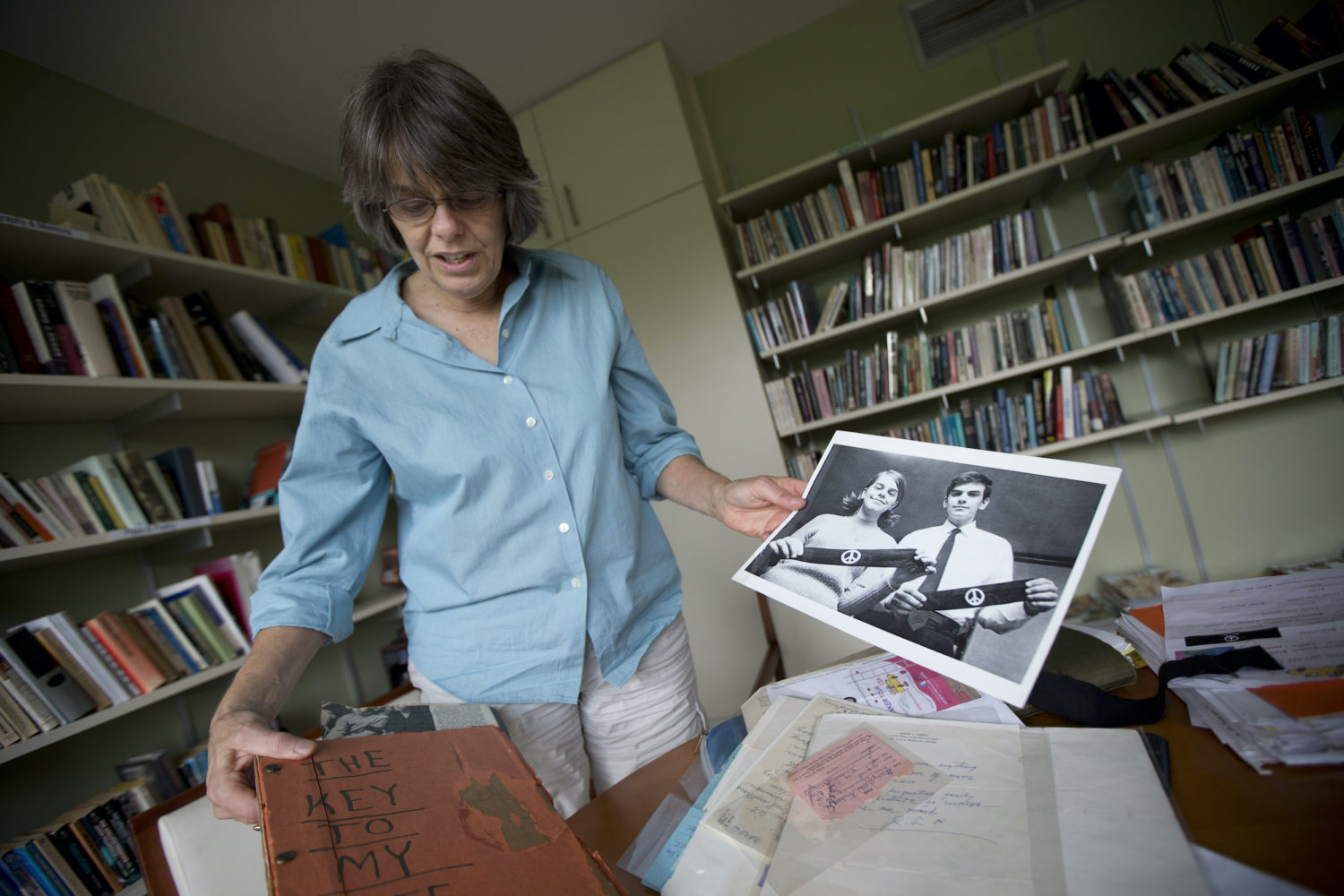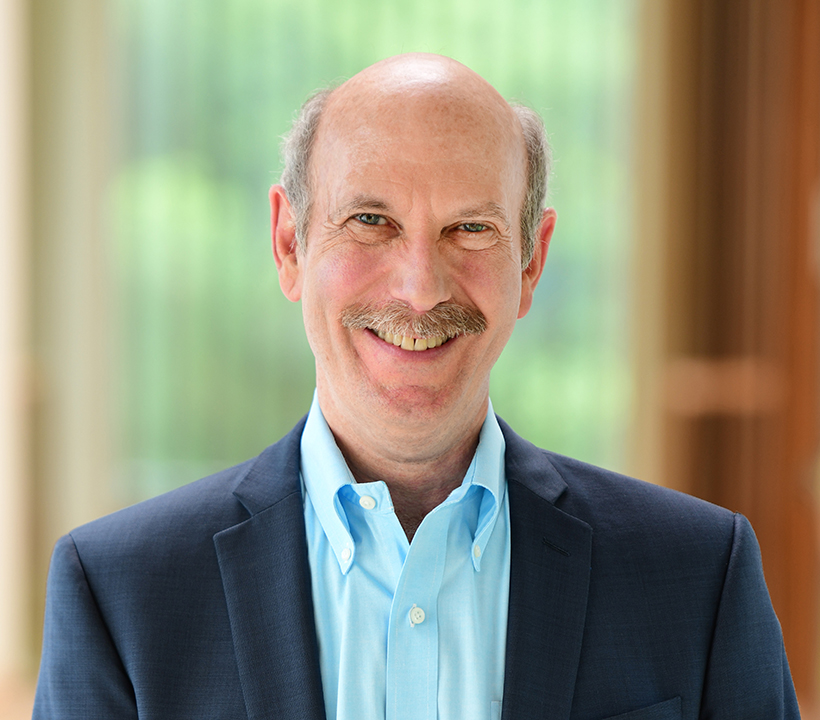Mary Beth Tinker was only 16 years old when, in 1969, her name became synonymous with freedom of speech for students.
I also was a teenager when I had my initial encounters with freedom of the press and freedom of speech. They were nowhere near as consequential for the country, but they certainly left a lasting impression on me.
Decades later, students still have to fight these battles. And since tomorrow is Student Press Freedom Day, it’s an appropriate time to reflect on these experiences, both Tinker’s and mine.
On Dec. 16 and 17, 1965, several students in Des Moines, Iowa, wore black armbands to school to protest the Vietnam War. School administrators had learned of their plans several days earlier and issued an edict banning armbands, concerned that wearing them could disrupt learning. Five students, including Mary Beth Tinker, then 13, and her brother John, 15, were suspended.
When winter break ended, they returned to school — but instead of wearing armbands, they wore black clothing for the rest of the school year. They also filed a First Amendment lawsuit.
Represented by the American Civil Liberties Union, the students and their families engaged in a legal battle that lasted more than three years and culminated in a landmark Supreme Court decision. On Feb. 24, 1969, in Tinker et al. v. Des Moines Independent Community School District, the court ruled 7-2 that students do not “shed their constitutional rights to freedom of speech or expression at the schoolhouse gate” and that school officials could not limit or prohibit speech or expression only on the suspicion that learning could be disrupted. The ruling established students’ rights to free speech in schools.
For Tinker, this was a life-defining experience — she recalls herself at the time as “a little girl from Iowa with a pretty flip in her hair” — that still animates her 52 years later. She devoted her career to nursing but has spoken frequently about her case and its contemporary relevance — at schools, on campuses, at conferences and even at the Supreme Court.
“I present the case as an example of young people advocating for their interests,” she told me in a recent interview. “That’s what activism is. And that’s why the First Amendment is so powerful.”
Student newspapers
Five years after the Tinker case, Jack Nelson, a Pulitzer Prize-winning reporter at the Los Angeles Times, wrote a book documenting widespread censorship of student newspapers, particularly when covering issues considered sensitive by school officials. “Captive Voices: The Report of the Commission of Inquiry into High School Journalism in America” led to the creation of the Student Press Law Center to provide free legal services and other resources for student journalists nationwide. (Nelson was the bureau chief when I joined the Los Angeles Times’ Washington bureau in 1989; he remained a close friend until his death in 2009.)
One of the areas that commands the center’s attention today relates to a 1988 Supreme Court case, Hazelwood School District et al. v. Kuhlmeier et al., that resulted in a significant exception to the Tinker ruling.
In May 1983, a high school principal in St. Louis removed two pages from the school newspaper prior to publication without informing the students in the journalism class that had produced the newspaper. He said he was concerned about privacy issues and the inappropriateness of articles on those pages (one about teen pregnancy, the other about the effects of divorce) for younger students. With the assistance of the ACLU, Cathy Kuhlmeier, the paper’s layout editor, and two other student journalists sued, contending that the principal’s action had infringed on their First Amendment rights.
While an appellate court upheld their position, the Supreme Court disagreed, ruling 5-3 that educators could take “editorial control” over student speech and expression in school-sponsored activities “so long as their actions are reasonably related to legitimate pedagogical concerns.” In other words, because the school newspaper was part of the curriculum in a journalism class and was sponsored and funded by the school, the principal had the legal right to intervene.
In practice, this gives schools broad latitude to exercise prior restraint. School officials often attempt to justify such action by saying that students should not be reporting on “adult” or controversial topics. In 2020, those topics included COVID-19 and racial justice, according to “Student Journalists in 2020: Journalism Against the Odds,” a new SPLC report on censorship and intimidation of student journalists.
In response to Hazelwood, 14 states have adopted laws that establish protections that are closer to the Tinker ruling. Hadar Harris, the SPLC’s executive director, says the center is supporting “New Voices” bills that would extend protections in 12 other states.
My experience
I had my own brush with these issues in junior high school and high school — before there was a Student Press Law Center.
In 1967, I started a junior high school newspaper in my hometown of Ridgewood, New Jersey. It was typed by the principal’s secretary, who then mimeographed it for distribution.
This system worked well until the morning that I was pulled out of Spanish class and sent to the principal’s office. There I found principal William Cobb, red-faced and furious. In addition to being editor of the paper, I was a member of the student council and had written an editorial that suggested ways to improve the school. Among them: Mr. Cobb could be more open to new ideas.
He demanded examples. I shared them. He was not placated. In fact, his tirade went on for 45 minutes. It ended with him ordering me to delete the paragraphs about him.
My fellow editors and I decided to publish the paper with a blank space where the offending paragraphs would have appeared. This prompted far more interest in an underground version of my editorial, which we secretly circulated, than there would have been had it been printed in its entirety in the newspaper.
(Sixteen years later, when I was a reporter in New Jersey, I ran into Cobb while researching a project that included the Ridgewood schools. I reminded him of that incident and, speaking now as a working journalist, told him how wrong he had been to censor me. To his credit, he said that amid the upheavals of the late 1960s, he was under great pressure — and he apologized.)
My high school experience was closer to Tinker’s. On May 4, 1970, during the height of the Vietnam War, four unarmed students were killed and nine others wounded when the Ohio National Guard opened fire on a crowd during a peaceful protest at Kent State University. The following day, I decided to attend a protest with some Ridgewood High School classmates.
I knew I would be marked absent from school. What I did not learn until the following day was that my biology teacher decided to give an unannounced quiz and punish those of us who were absent with a zero. This time it was my furious mother who confronted the principal. He intervened to give those of us who had missed the quiz an opportunity to make it up.
In the aftermath of these early experiences, my 29 years as a newspaper reporter gave me a profound respect for the constitutional protections of the freedoms of speech and the press. The News Literacy Project’s Checkology virtual classroom includes a foundational lesson on the First Amendment, which features both the Tinker and Hazelwood rulings as case studies.
As for Mary Beth Tinker, she is still sharing her story and encouraging young people to make their voices heard.
“That,” she told me, “is a lifelong challenge — figuring out how you can use your talent, your passion, your gifts to make a difference.”







